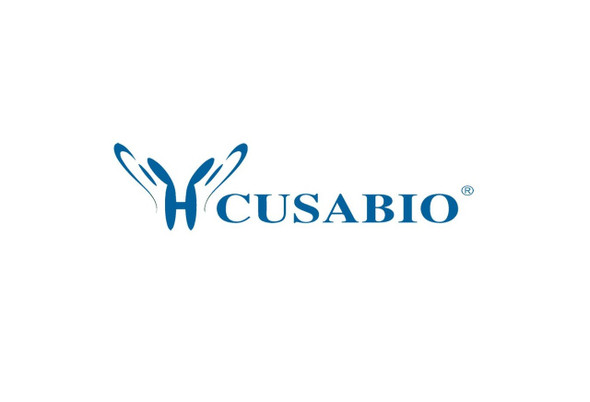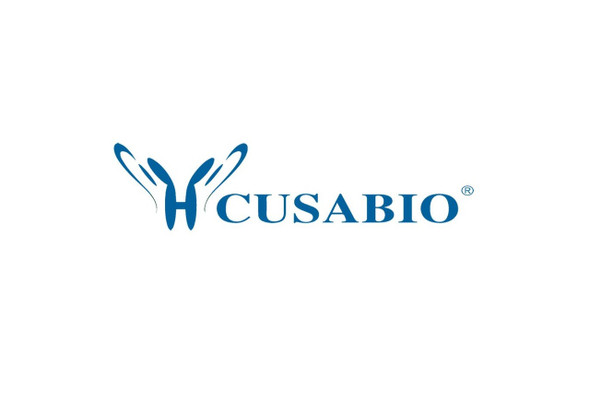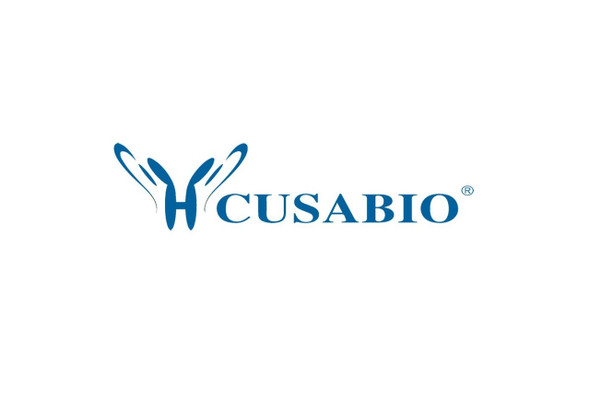Cusabio Human Recombinants
Recombinant Human Phosphoethanolamine/phosphocholine phosphatase (PHOSPHO1) | CSB-EP819461HU
- SKU:
- CSB-EP819461HU
- Availability:
- 13 - 23 Working Days
Description
Recombinant Human Phosphoethanolamine/phosphocholine phosphatase (PHOSPHO1) | CSB-EP819461HU | Cusabio
Alternative Name(s): PHOP1_HUMAN; Phosphatase orphan 1; Phospho 1 ; phospho1; Phosphoethanolamine/phosphocholine phosphatase
Gene Names: PHOSPHO1
Research Areas: Signal Transduction
Organism: Homo sapiens (Human)
AA Sequence: MSGCFPVSGLRCLSRDGRMAAQGAPRFLLTFDFDETIVDENSDDSIVRAAPGQRLPESLRATYREGFYNEYMQRVFKYLGEQGVRPRDLSAIYEAIPLSPGMSDLLQFVAKQGACFEVILISDANTFGVESSLRAAGHHSLFRRILSNPSGPDARGLLALRPFHTHSCARCPANMCKHKVLSDYLRERAHDGVHFERLFYVGDGANDFCPMGLLAGGDVAFPRRGYPMHRLIQEAQKAEPSSFRASVVPWETAADVRLHLQQVLKSC
Source: E.coli
Tag Info: N-terminal 6xHis-tagged
Expression Region: 1-267aa
Sequence Info: Full Length
MW: 33.7 kDa
Purity: Greater than 90% as determined by SDS-PAGE.
Relevance: Phosphatase that has a high activity toward phosphoethanolamine (PEA) and phosphocholine (PCho). Involved in the generation of inorganic phosphate for bone mineralization.
Reference: "Human PHOSPHO1 exhibits high specific phosphoethanolamine and phosphocholine phosphatase activities."Roberts S.J., Stewart A.J., Sadler P.J., Farquharson C.Biochem. J. 382:59-65(2004)
Storage: The shelf life is related to many factors, storage state, buffer ingredients, storage temperature and the stability of the protein itself. Generally, the shelf life of liquid form is 6 months at -20?/-80?. The shelf life of lyophilized form is 12 months at -20?/-80?.
Notes: Repeated freezing and thawing is not recommended. Store working aliquots at 4? for up to one week.
Function: Phosphatase that has a high activity toward phosphoethanolamine (PEA) and phosphocholine (PCho). Involved in the generation of inorganic phosphate for bone mineralization.
Involvement in disease:
Subcellular Location:
Protein Families: HAD-like hydrolase superfamily, PHOSPHO family
Tissue Specificity: Expressed at sites of mineralization in bone and cartilage. Highly expressed in osteoblast cell line SaOS-2 which produces a mineralized matrix, but not in MG-63 cell line, which do not mineralize.
Paythway:
Form: Liquid or Lyophilized powder
Buffer: If the delivery form is liquid, the default storage buffer is Tris/PBS-based buffer, 5%-50% glycerol. If the delivery form is lyophilized powder, the buffer before lyophilization is Tris/PBS-based buffer, 6% Trehalose, pH 8.0.
Reconstitution: We recommend that this vial be briefly centrifuged prior to opening to bring the contents to the bottom. Please reconstitute protein in deionized sterile water to a concentration of 0.1-1.0 mg/mL.We recommend to add 5-50% of glycerol (final concentration) and aliquot for long-term storage at -20?/-80?. Our default final concentration of glycerol is 50%. Customers could use it as reference.
Uniprot ID: Q8TCT1
HGNC Database Link: HGNC
UniGene Database Link: UniGene
KEGG Database Link: KEGG
STRING Database Link: STRING
OMIM Database Link: N/A









